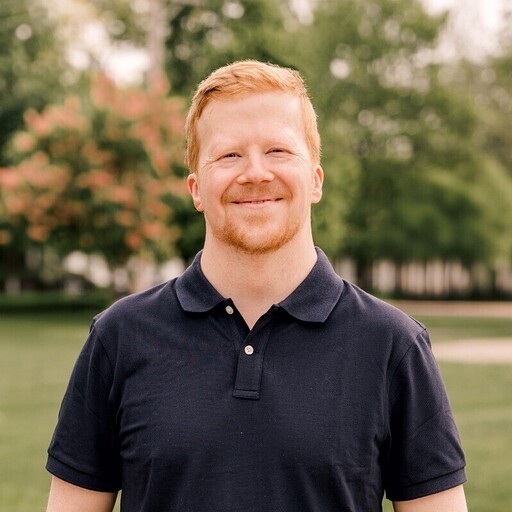As traditional enrollment in Educator Preparation Programs (EPPs) continues its dramatic decline, higher education institutions are poised to transform—from gatekeeping overseers to strategic allies in rebuilding the educator pipeline.
A Shrinking Pipeline
Nationwide, enrollment in teacher preparation programs dropped by more than one‑third between 2010 and 2020—from around 880,000 candidates to just 591,000 in the 2020‑21 academic year. Completion rates fell by over 25%, too, from nearly 214,000 to 160,000 graduates.
The decline hit particularly hard among traditional, university‑based programs: enrollment in those pathways fell by approximately 43%, while non‑IHE alternative programs—like district‑run teacher institutes—grew by about 42%.
The drop spans nearly every state—with Oklahoma experiencing an 80% decline, Michigan over 50%, and others like Illinois, Delaware, and Pennsylvania losing more than half their traditional teacher candidates.
Why Embrace the Shift?
These trends signal a need for colleges and universities to re-examine their role. Traditional models often separate academic coursework from classroom experience. Students may not begin meaningful clinical placements until late in their programs—missing the scale, urgency, and context of real school settings.
Yet higher education still plays an irreplaceable role: deep pedagogical knowledge, educational research, and credibility. When harnessed in collaboration with districts, EPPs can supply the rooted expertise that apprenticeships and residencies lack—and help ensure that new pathways maintain academic rigor.
Exemplars of Collaboration
Some EPPs are already shifting toward partnership models. In Illinois, the Chicago Teacher Education Pipeline, led by Illinois State University and Chicago Public Schools, integrates university coursework with immersive, community‑based clinical placements in urban schools—prioritizing retention in high‑need schools through shared ownership of candidate outcomes.
Meanwhile, states like Maryland, Michigan, and Colorado have enacted legislation to support paid residencies and apprenticeships, enabling EPPs to play central roles in program design, content delivery, and credentialing infrastructure alongside districts.
A Thought-Partner Model in Action
Higher ed institutions are not adversaries to alternative certification—they are essential collaborators. EPPs can lead academic components, sponsor registered pathways, and validate training standards. Districts bring recruitment, mentorship, and real-time feedback. Together, they create pathways that are academically grounded, practice‑based, and aligned with local needs.
Michigan and Talent Together
In Michigan’s Talent Together initiative, postsecondary partners contribute coursework and credentialing, while districts host full-time apprentices. Enrollment climbed rapidly through this model—with over 140 apprentices initially, many of whom became lead teachers at completion. Credentialing achieved through collaborative infrastructure ensured alignment with academic standards and Department of Labor compliance.
Craft Education supports these partnerships by providing compliance and standards tracking via the Craft Connect platform—ensuring that coursework, mentor feedback, and observed competencies align with both EPP accreditation and DOL requirements.
Benefits for EPPs and Districts
By aligning early clinical experience with degrees, EPPs help retain candidates: completion timelines accelerate, real-world exposure boosts readiness, and candidates are more likely to stay in districts where they trained. Districts gain a pipeline of locally trained educators who meet licensure standards.
Policymakers benefit too. The collaborative model attracts federal workforce funding and state support for registered apprenticeships. It ensures that teacher prep stays rigorous even as speed and affordability improve.
Toward an Ecosystem of Impact
To stay relevant and effective, higher education must evolve from isolated credentialing to ecosystem builder. That means:
- Co-designing pathways with districts—combining academic frameworks with apprenticeship structures.
- Supporting funding navigation for programs leveraging Title II data, workforce development dollars, and apprenticeship grants.
- Providing mentorship and faculty who can bridge theory and practice—ensuring candidate rigor and local relevance.
- Embedding data and compliance systems like Craft Connect to track competencies and accelerate credentialing.
Tone of Collaboration
We commend EPPs for their foundational work in preparing generations of educators. Our aim with Craft Education is to work alongside these institutions—not replace them. Colleges and universities bring irreplaceable pedagogical leadership, and we believe our platform and partnership approach amplify their impact in today's staffing and equity challenges.
What Decision-Makers Should Do
- Initiate dialogue between districts and EPPs to explore co-designed residency models.
- Audit existing licensure pipelines to identify bottlenecks and barriers to scale.
- Pilot small apprenticeships or residency programs with built-in evaluation metrics.
- Enlist support platforms such as Craft Connect to streamline documentation, accountability, and fund compliance.
If educator prep programs can more fully embrace partnership, remain academically rigorous, and open practice‑based pathways, they will power the next generation of teacher preparation.


